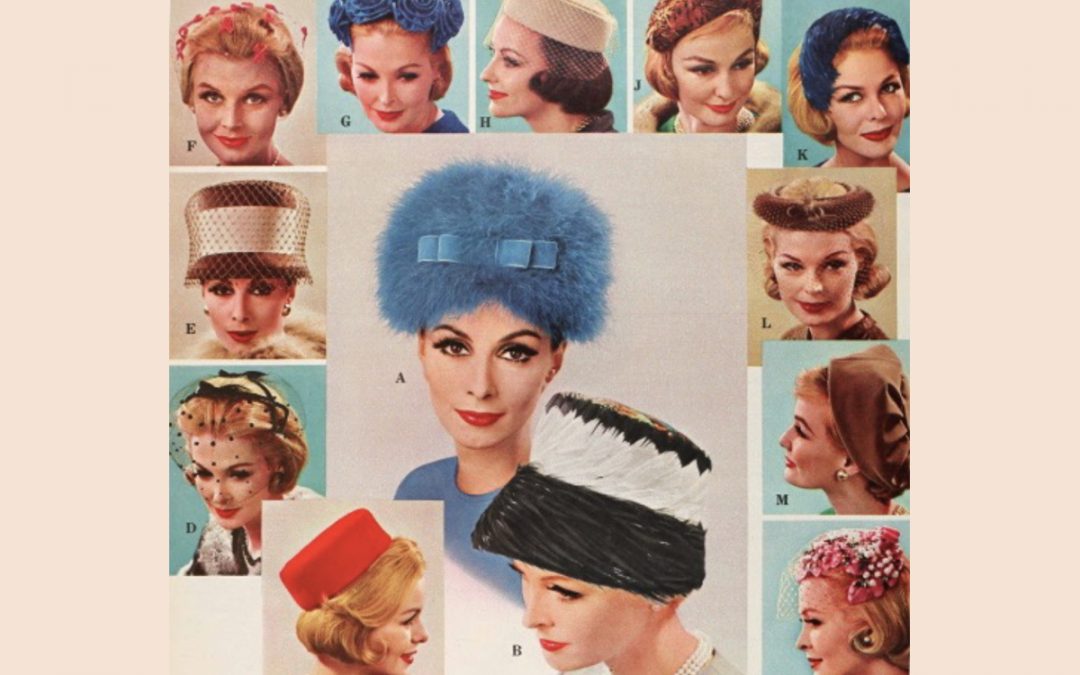Until the mid-1960s, most still considered a hat an essential item of clothing for everyday wear and for ‘Sunday best’, irrelevant to your socioeconomic class.
Whilst headwear was also a ‘badge’ often indicating your occupation, for instance, baker or butcher boys still wore their appropriate hats to work, fashionable women of the ’60s completed their outfits by wearing headwear in decorative styles, many seen here echo fashions of the ’50s. The pillbox hat of the ’60s and its derivatives were a firm favourite of the times.
A similar style, though at the opposite end of the market, are delightful floral styles such as those worn by Queen Elizabeth, seen here in Hardy Amies, which were, of course, an influence too.
Image credit: Rex Features
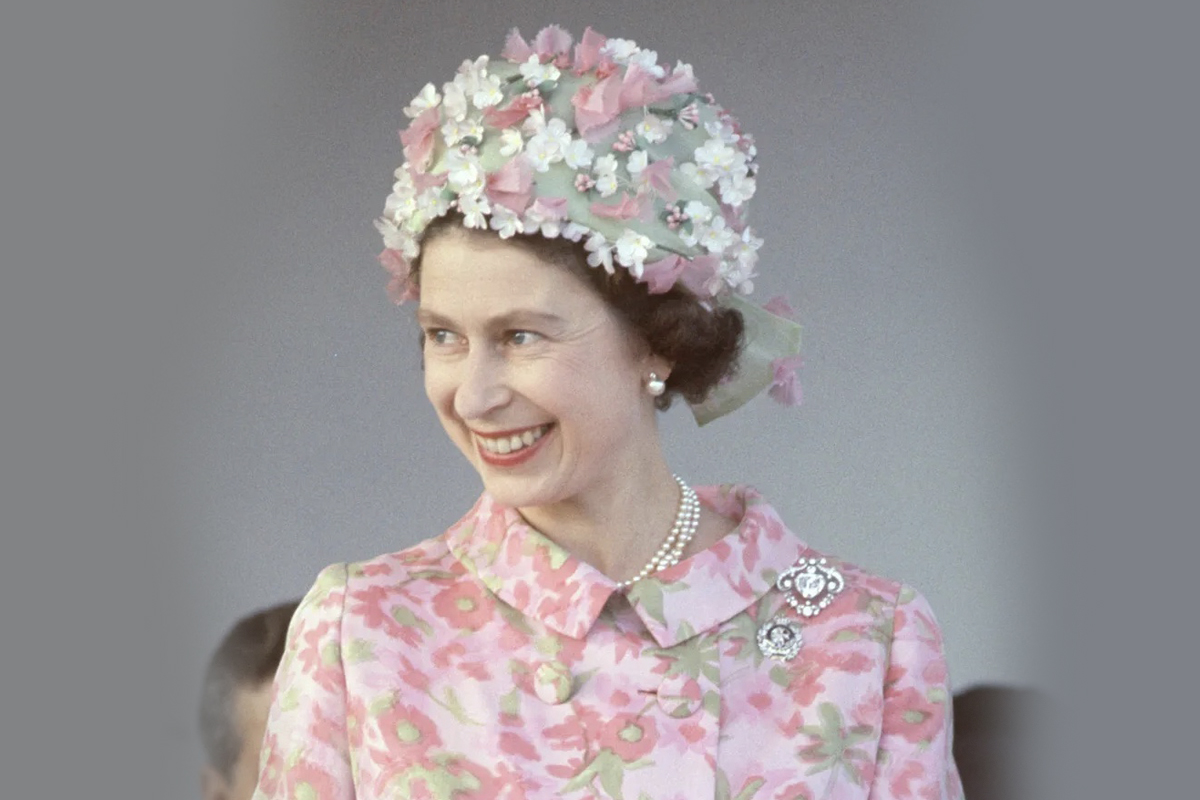
It was also the era of the forerunner of today’s style influencer – Jackie Kennedy – the stylish wife of John F Kennedy, the American President.
Jackie O, as she later became known, of course, initiated several trends, and her understated fashion style was carried through to her accessories. Her pared-down elegant look, seen both in her occasion wear and weekend clothing, was accompanied by signature accessories. In formal settings, these included elbow-length gloves and outfits featuring bows. For more casual occasions, it included oversize sunglasses and headscarves.
One of the most iconic looks she popularised for more formal occasions was the pillbox hat (image Creator: RDA | Credit: ©RDA). Designed for her by Halston in different colours, her pill box and outfit buttons were frequently made from matching material!
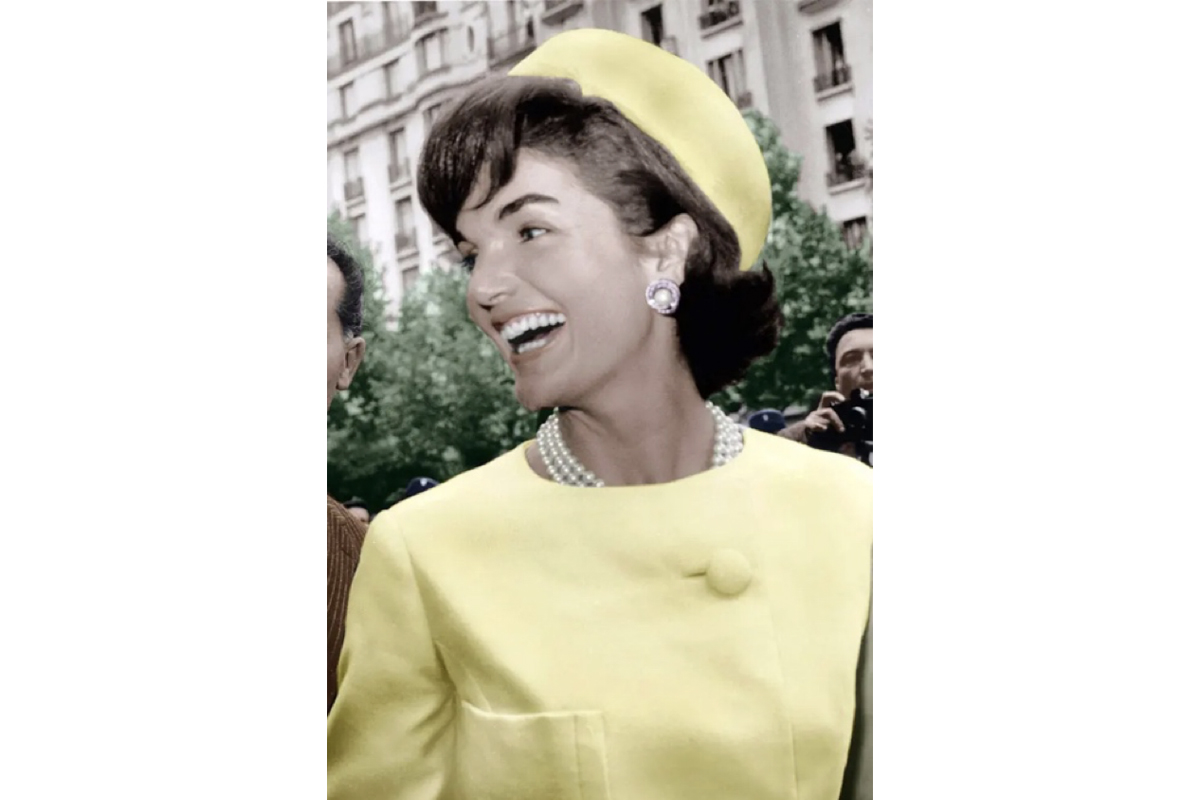
At the same time, in Britain’s swinging 60’s, the emerging youth culture began to influence lifestyle, clothing and headwear. Of course, the Beatles were hugely popular and made their first Australian tour in 1964. Youth culture was developing, becoming more strident, modern and unconventional, as epitomised by this contemporary 60s image of Shelley Hack and Colleen Corby.
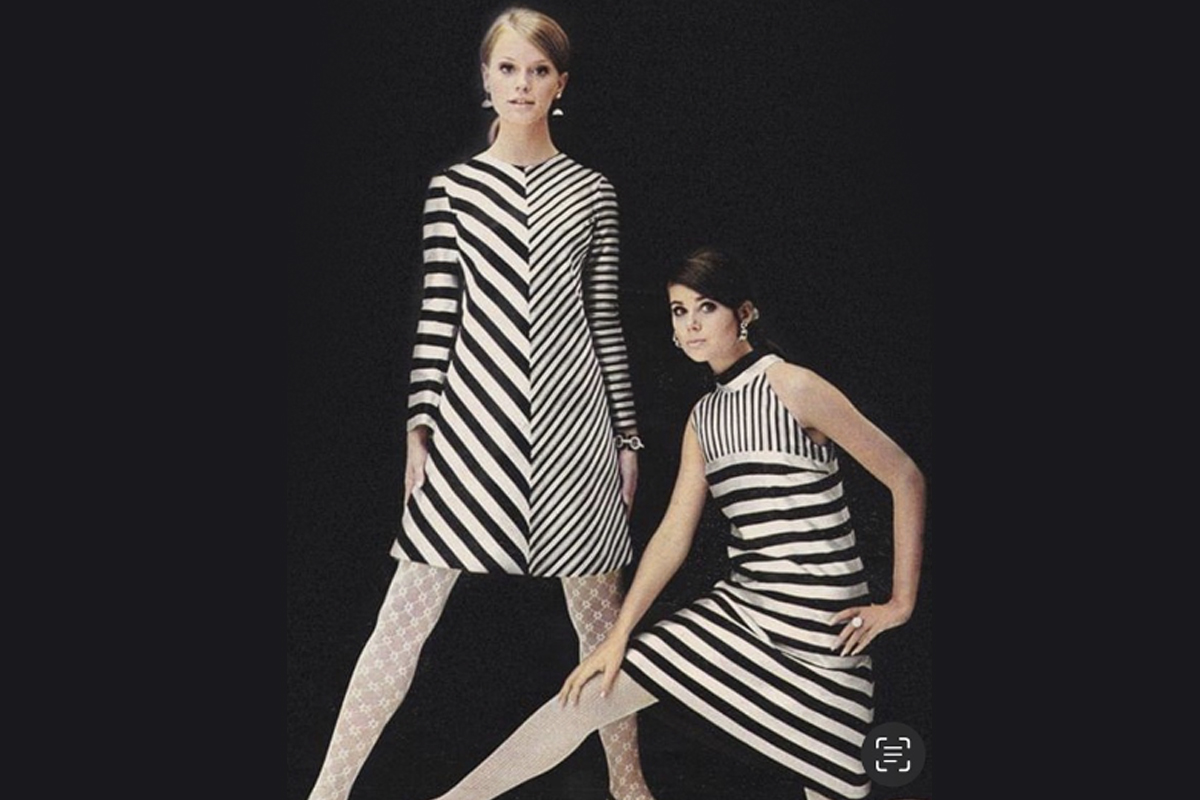
It was also the time of the rise of the supermodel, and the London fashion icon – Jean Shrimpton – is considered the first woman to have this status.
In the autumn of 1965, Jean Shrimpton was invited to Melbourne to judge the Fashions on the Field competition at the Spring Racing Season. Held every November, the Melbourne Cup then as now is considered to be the race that stops the Australian nation.
On her 1965 visit to Australia, accompanied by her boyfriend Terence Stamp, Jean was being paid to promote London fashion at the Melbourne Spring Racing Festival, the products of her sponsor, Dupont, from whose fabric she had designed her wardrobe, and to judge the Fashions on the Field competition. First introduced in 1962, FOTF was a promotional vehicle to encourage more women to attend the races, so there were significant prizes – the winner, for instance, could look forward to a return trip for two to the UK. (Image source unknown).
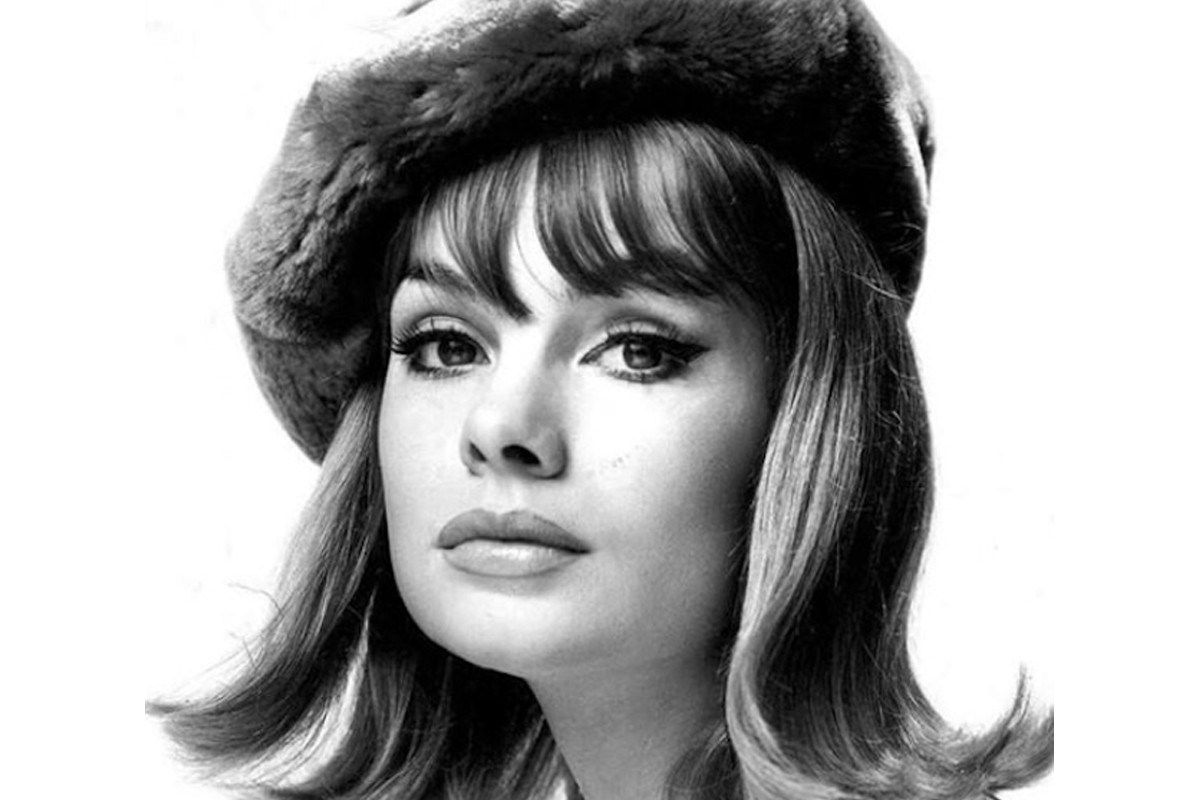
However, in what was to become one of Australia’s most famous fashion scandals, on her first day at the Races, shockingly for the times, Shrimpton’s outfit was found to be completely unsuitable. Defying the conservative convention of the times – it did not include a hat, gloves, or stockings.
(Image & design: Kate Medved @katadesign)
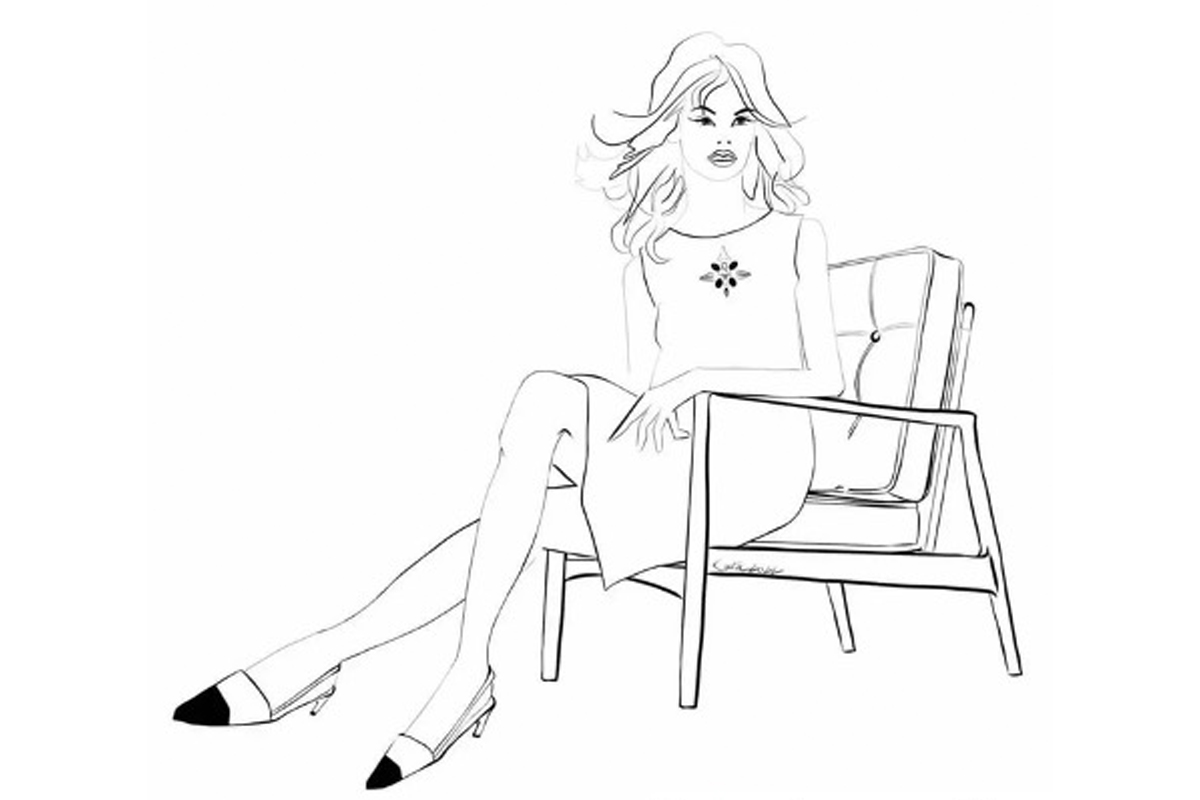
However, it was her dress, a “mini skirt’ the style popularised by Mary Quant, that prompted the most negative comments, as its hemline was 4” above the knee –
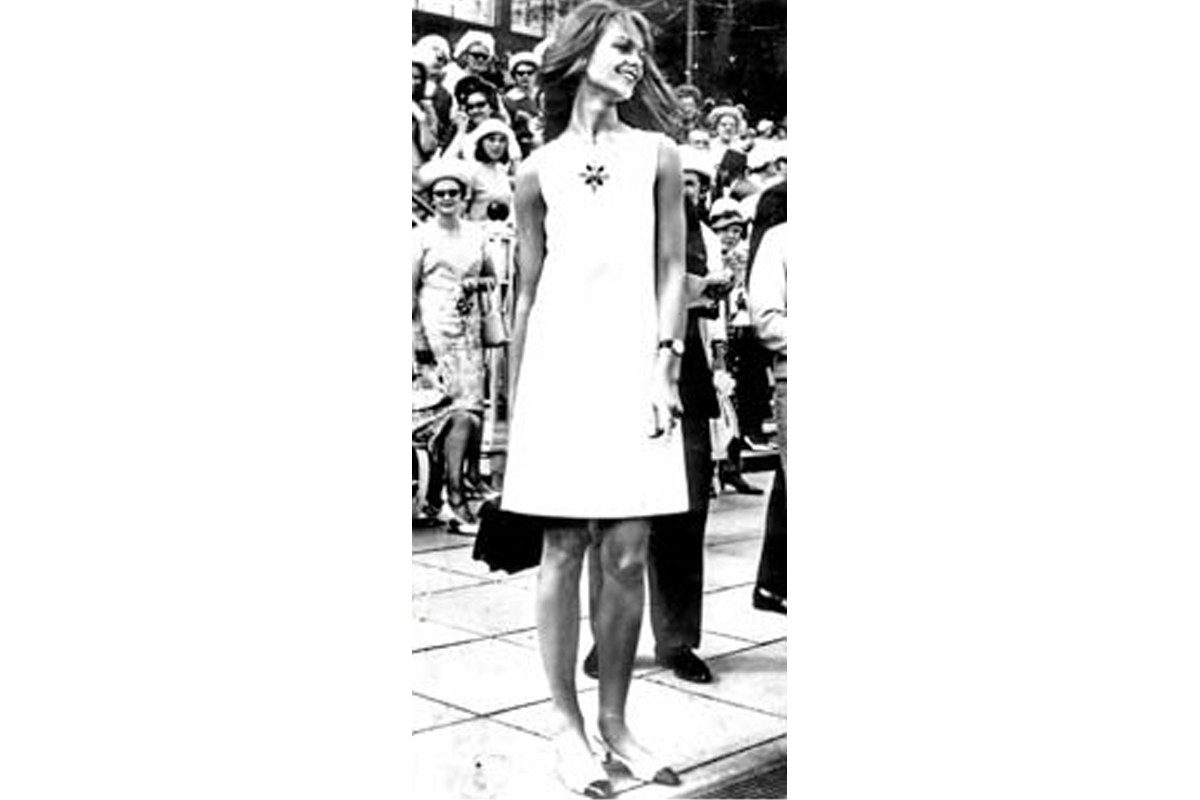
Image credit Ray Cranbourne/Daily Telegraph – http://bit.ly/3knV2Ak
Jean Shrimpton’s outfit caused a global sensation; in doing so, she was to change the face of Australian fashion and millinery forever. Whilst The Canberra Times applauded her dress as “a feminist statement” and labelled her “a liberator of the young from bondage, an emancipator of women, the creator of a new social climate,” the racegoers at Flemington were scandalised. However, this negative attitude was short-lived. By 1966 the mini skirt was everywhere, and millinery was on the decline.

